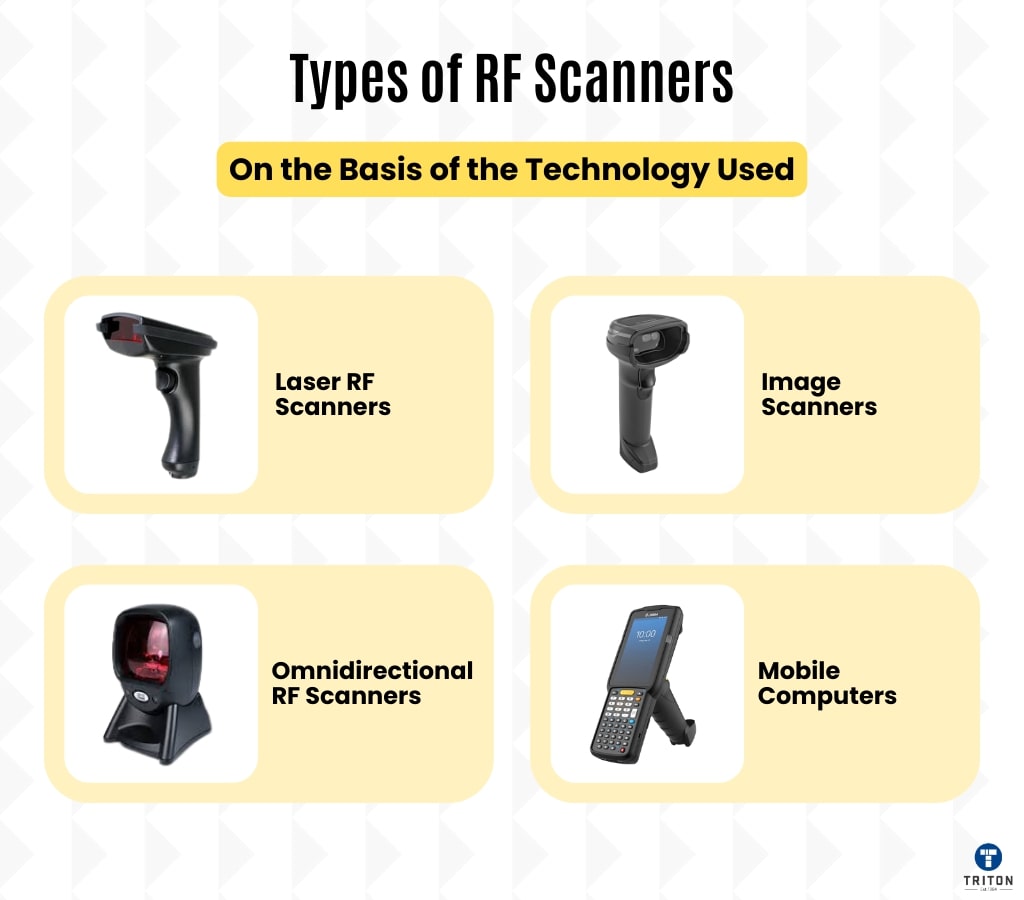Radio Frequency Scanner: What It Is and How It Works
Introduction to Radio Frequency Scanners
A radio frequency scanner is a device that receives and decodes radio signals across a wide range of frequencies. It is commonly used by hobbyists, emergency responders, and law enforcement to monitor communications. These scanners can pick up various types of signals, including police, fire, emergency medical services, aviation, and amateur radio transmissions.
Common Uses of Scanners
The versatility of radio frequency scanners makes them valuable tools in various fields. Common uses include:
- Monitoring public safety communications
- Tracking aviation traffic
- Listening to amateur radio transmissions
- Following emergency services during critical incidents
How Scanners Operate
Radio frequency scanners operate by scanning through a range of frequencies, stopping to listen when they detect a signal. This allows users to monitor multiple channels without manually tuning in to each frequency.
Memory and Frequency Storage
Many scanners can store multiple frequencies in memory, allowing users to quickly switch between channels of interest. This feature is particularly useful for those who need to monitor several communications simultaneously.
Advancements in Scanner Technology
The technology behind radio frequency scanners has evolved significantly. Modern devices often incorporate Software Defined Radio (SDR) technology, which enhances performance and flexibility in processing signals.
Understanding Software Defined Radio (SDR)
SDR technology allows for greater flexibility in processing signals, enabling better reception in challenging environments. This advancement has made radio frequency scanners more effective in capturing a wide variety of communications.
Example of a Modern Scanner: Uniden Bearcat SDS200
The Uniden Bearcat SDS200 is an example of a scanner that utilizes SDR technology, providing superior digital performance. This model is designed to handle complex digital formats and offers advanced features for users.
Decoding Digital Formats
Many modern radio frequency scanners can decode various digital formats, including P25, DMR, and NXDN, which are commonly used by public safety agencies. This capability ensures that users can access critical communications without interruption.
Trunking Capabilities Explained
Some scanners feature trunking capabilities, allowing them to follow conversations that are spread across multiple frequencies. This is essential for monitoring dynamic communications, especially in emergency situations.
Addressing Simulcast Distortion
The SDS200 addresses issues related to simulcast distortion, which can occur when multiple transmitters broadcast the same signal simultaneously. This feature enhances clarity and reliability in communications.
Programming and Prioritizing Frequencies
Users can program their radio frequency scanners to prioritize certain frequencies or types of communications, ensuring they receive the most relevant information. This customization enhances the user experience and effectiveness of the scanner.
GPS Integration Features
Many modern scanners come equipped with features such as GPS integration, allowing them to automatically adjust frequencies based on the user's location. This ensures that users are always tuned in to the most pertinent communications.
Audio Recording Capabilities
Scanners can also include features like audio recording, allowing users to capture and save important communications for later review. This is particularly useful for professionals who need to document critical information.
User Interface Variations
The user interface of radio frequency scanners can vary, with some featuring touch screens, while others use traditional buttons and knobs for navigation. This variety caters to different user preferences and enhances usability.
Power Options for Scanners
Scanners can be powered by batteries or plugged into a power source, making them portable for field use. This flexibility allows users to operate their scanners in various environments.
Connectivity Features
Some models offer connectivity options, such as Bluetooth or Wi-Fi, enabling remote control or streaming of audio to other devices. This modern feature enhances the functionality of radio frequency scanners.
Legal Considerations for Scanner Use
The legality of using a radio frequency scanner varies by location, with some jurisdictions imposing restrictions on monitoring certain frequencies. Users should familiarize themselves with local laws and regulations regarding scanner use to ensure compliance.
Conclusion: The Versatility of Radio Frequency Scanners
Overall, radio frequency scanners are versatile tools that provide real-time access to a wide array of communications, enhancing situational awareness and safety. Their advanced features and capabilities make them indispensable for various users, from hobbyists to professionals.
If you liked it and want to know more content similar to Radio Frequency Scanner: What It Is and How It Works. Visit our category Tech











By posting you agree to the Privacy Policy
Basic information on data protection